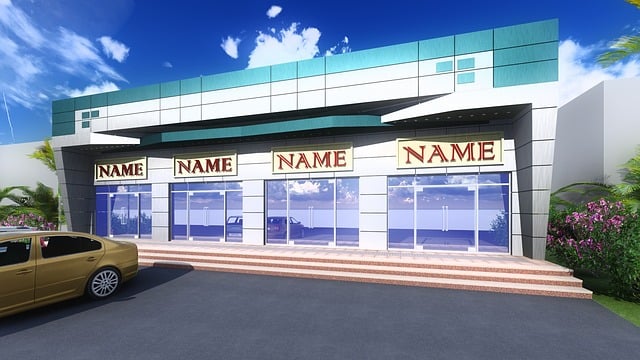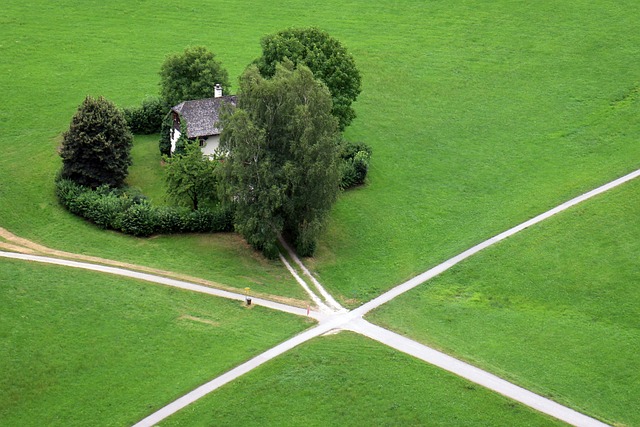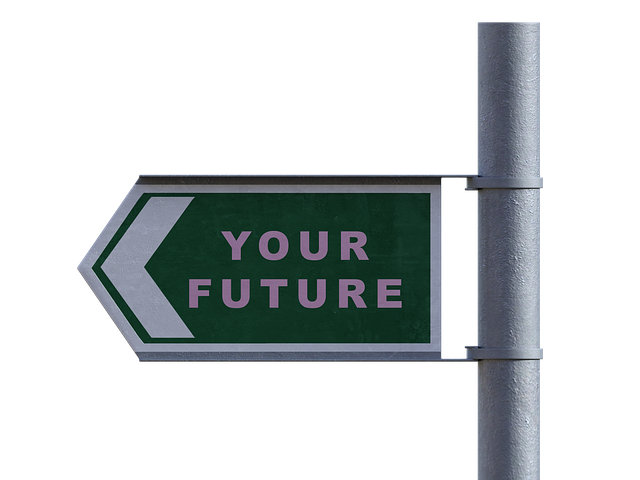Understanding foot traffic patterns is vital for real estate professionals and investors, offering insights into consumer behavior and market trends. High foot traffic areas, characterized by bustling commercial districts or vibrant shopping centers, attract larger crowds and drive property values. Real estate decisions, including development, renovation, and investment, should consider these trends. Prime locations with easy public transport access, well-designed pedestrian routes, and proximity to landmarks attract more visitors. Mixed-use development and prioritizing accessibility through clean, safe, and pedestrian-friendly infrastructure create vibrant environments that draw consistent foot traffic. Developers and businesses play a crucial role in shaping urban landscapes by strategically considering these factors for project success.
In today’s competitive market, understanding foot traffic patterns is paramount for real estate success. This article delves into the intricate relationship between location and sustained customer footfall, offering valuable insights for developers and businesses. By exploring key factors influencing customer visits across various areas, we uncover strategies to optimize location choices. Unlock the power of place and discover how strategic real estate decisions can drive thriving communities and boost business growth.
Understanding Foot Traffic Patterns and Their Impact on Real Estate

Understanding foot traffic patterns is paramount for real estate professionals and investors. By analyzing how people move through a given area, one can uncover valuable insights into consumer behavior and market trends. These patterns are influenced by various factors such as demographics, local amenities, transportation routes, and environmental conditions. For instance, bustling commercial districts or vibrant shopping centers often attract larger crowds, indicating high foot traffic areas that can drive real estate values.
Real estate decisions, whether for development, renovation, or investment, should consider these foot traffic trends. High-pedestrian areas can significantly boost a property’s value and rental potential due to increased demand from businesses and residents alike. Conversely, understanding areas with low foot traffic helps identify opportunities for revitalizing underutilized spaces. By strategically placing amenities, retail shops, or residential complexes near popular thoroughfares, developers can create thriving hubs that attract and retain tenants, fostering sustainable growth in the local real estate market.
Key Factors Influencing Customer Footfall in Different Areas

In understanding the allure and foot traffic of various locations, several key factors in real estate play a significant role. The accessibility and convenience of an area heavily influence customer footfall; prime spots with easy access via public transport or well-designed pedestrian routes tend to attract more visitors. Proximity to popular landmarks, shopping districts, or entertainment hubs acts as a natural magnet, drawing folks from far and wide.
Moreover, the ambiance and overall appeal of a neighborhood significantly impact visitor retention. Esthetic appeal, cleanliness, and safety contribute to a positive customer experience, encouraging repeat visits. Well-maintained streetscapes, lush greenery, and vibrant nightlife create an inviting atmosphere, fostering a sense of belonging and fostering sustained foot traffic.
Strategies for Developers and Businesses to Maximize Foot Traffic Location Choices

Developers and businesses play a significant role in shaping urban landscapes, and their decisions regarding foot traffic location choices can greatly impact the success of any project. To maximize exposure and attract sustained foot traffic, strategic considerations are essential. One effective approach is to embrace mixed-use development, integrating residential, commercial, and retail spaces within close proximity. This creates a vibrant environment where residents, workers, and visitors alike become potential customers, ensuring a consistent flow of people throughout the day.
When selecting or designing a site, prioritizing accessibility is key. Easy access to public transportation hubs, well-maintained roads, and pedestrian-friendly infrastructure encourage more people to choose that location. Additionally, leveraging local demographics and understanding target audiences can guide strategic decisions. For instance, developing a retail hub near residential areas with high family populations may foster regular foot traffic from parents seeking convenient shopping options.






